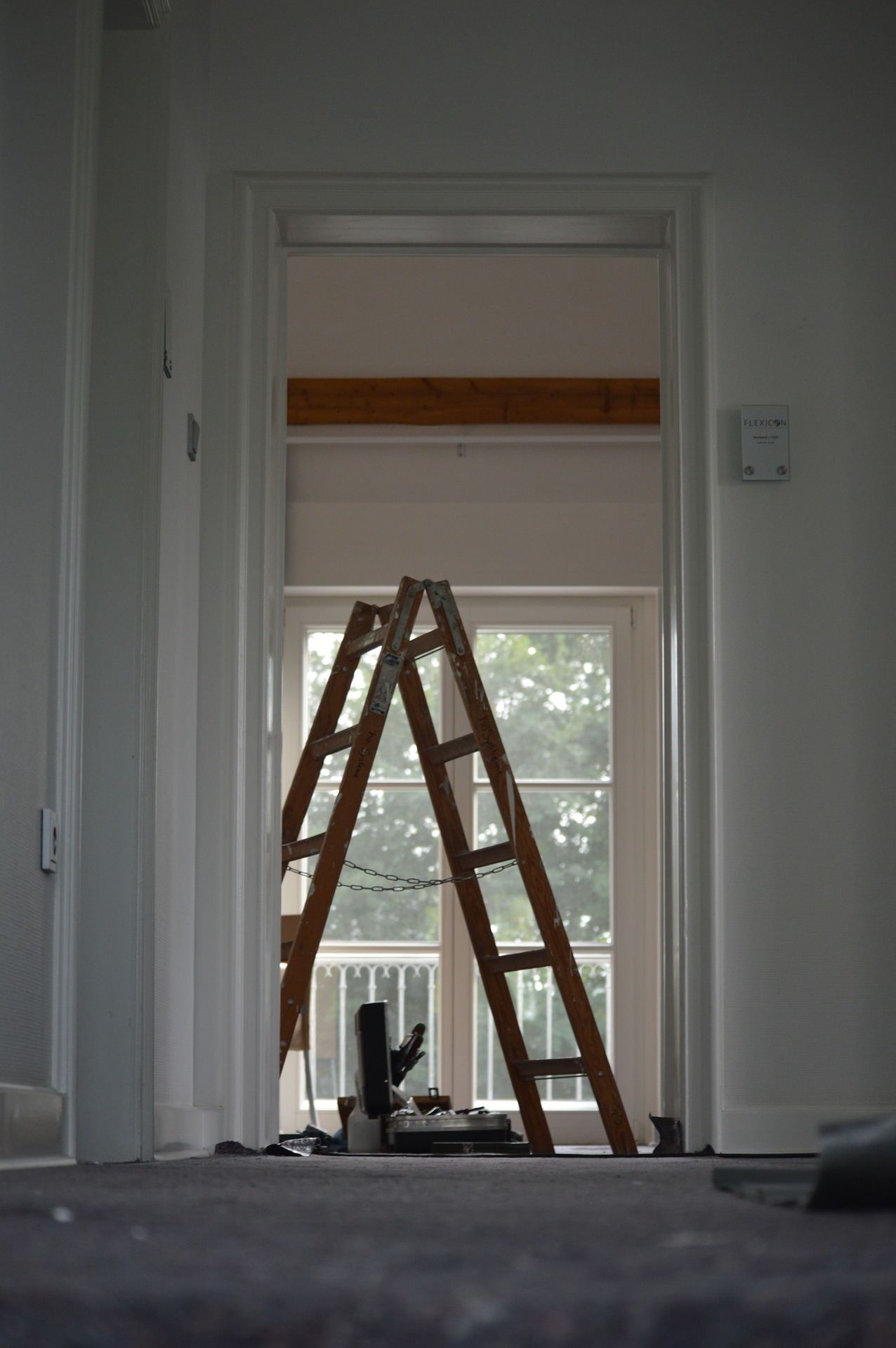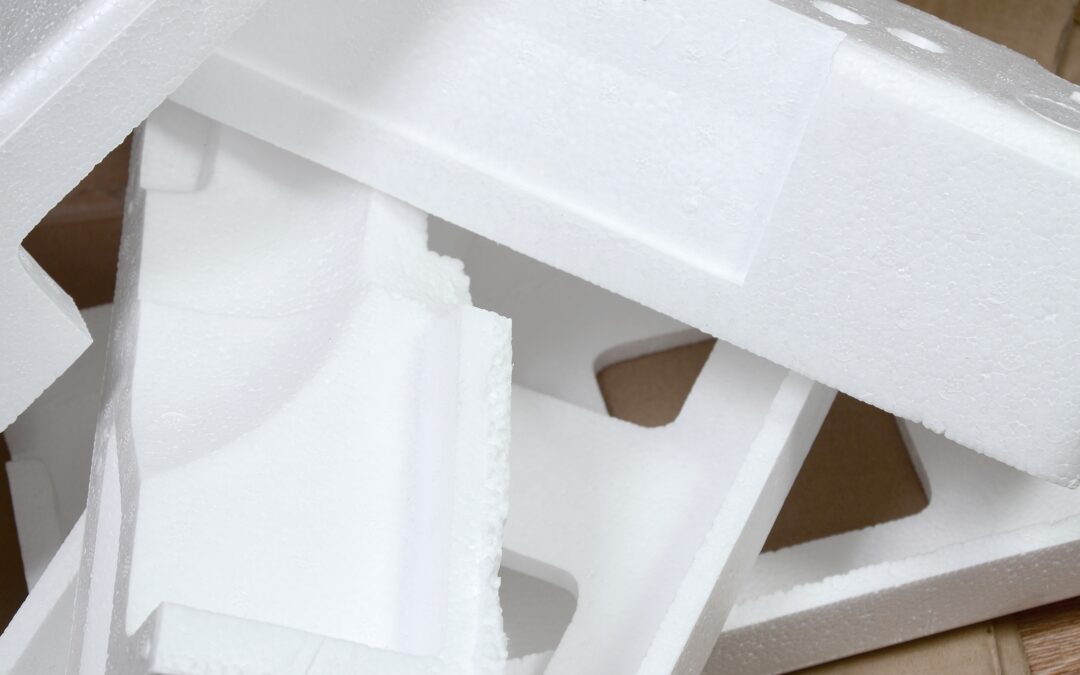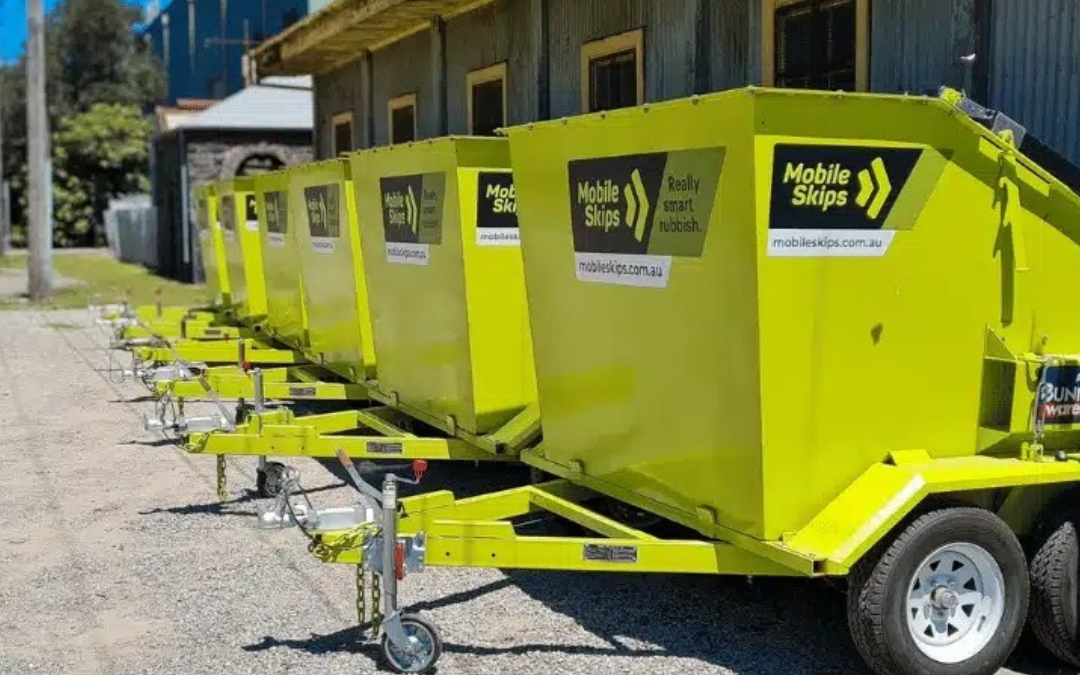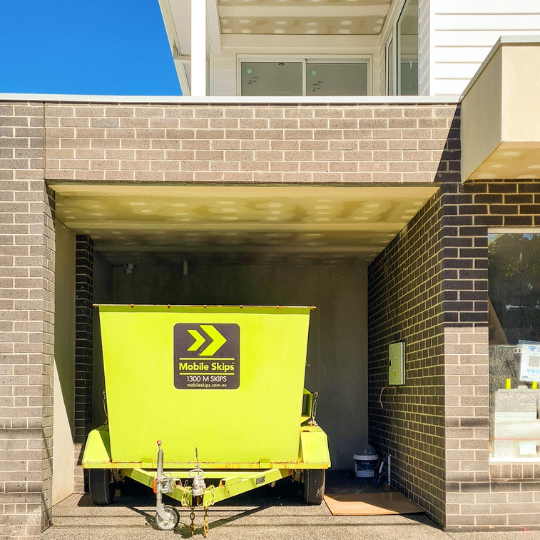The excitement to see the result is almost palpable in most people who are getting home office remodelling projects done. However, in that excitement, something that often slips minds is the misuse of building materials due to it. Did you know that home upgrades produce more construction waste than building a new home altogether?
All the excess from the home renovation site goes straight to landfills making up to 30% of the construction industry waste materials! Imagine the waste of money on home improvement options.
So the question is, where do you start saving the planet from this unnecessary construction site garbage? Well, with this article, you’ll be a master at scheming a waste management plan in no time.
What To Do With Renovation Rubbish?
In this section, let us see some ideas on ways to deal with an excessive amount of renovation materials garbage.
1. Donate Reusable Goods
Ever heard the phrase, your trash is someone else’s treasure? Whether you’ve had a master suite addition, a deck addition, a kitchen remodel, a family room addition, or a master bedroom demolition, your project will produce waste. Waste occurring due to a home renovation design such as doorknobs, light fixtures, cabinet pieces, or glass shards will only consume space in your storage unit.
Most interior design residue may seem useless to you because it doesn’t fit into your home upgrades. However, if the waste is still in usable condition, it may serve the well-being of another family. So instead of discarding them, donate them to others or even appoint a garbage removal company to help you find a family who might need your extra material. When you use a skip bin and donate to some other family, you will not just declutter your place but you might help other homes look lively.
You’ll find several such individuals or organisations in your locality. So visit them and let them take a look at your rubbish. Perhaps they will be able to find a resolution for it.
2. Recycle Your Waste
Recycling is the mantra for rubbish removal in general, so why would it be different for deck addition or other home improvement rubbish? A lot of the leftover material from restoration projects requires just a bit of conversion to become reusable. All you need to do is contact a rubbish removal or recycling company and let them know what waste you have on hand.
During the call, they’ll arrange a time to come over and look at the recycling waste. The organisation will then pick out anything they find recyclable and send it in for processing.
You may even choose to form an agreement with the company to get ownership of any repurposed items. That way, not only are you helping the planet, but you’re also getting a proper return on investment. For instance, recycling plastic can give you some aesthetic art pieces for home decor. You can most save a lot of waste of money as well through these ways of rubbish removal.
3. Sell Leftovers For Pocket Change
You already know that quite a bit of home design addition or demolition waste isn’t waste at all. Well, here’s something else, some of it can even earn you money! Yes, you have the option to sell some products like doors, timber, furniture, old bricks, plastics, metal, and glass pieces. Depending on their quality and the state they’re in, you could set up the price quite high for these materials.
You can always find people looking for such materials through online platforms. You can get in touch with an architect who can either take your materials for their next project or use their services to help you find a selling solution.
4. Hire Skip Bins
If you’re looking for a super-efficient way to dispose of renovation rubbish, look no further than skip bins. Not to mention, the method is pretty straightforward. Contact a waste removal company that possesses all the necessary equipment to get rid of rubbish. Then inform them about the kind of waste you have laying around.
They will provide you with the appropriate skip bins for waste accumulation. All you need to use the company’s services is then pack the waste into these bins and have the company come pick it up for you. If you’re an architect, you must have heard or come across the efficiency of skip bins quite often.
5. Invest In A Collapsible Trash Can
If you’re having a small-scale remodelling, think about purchasing a collapsible trash bin. However, before you do, check that there is a collection unit in your area for collapsible trash cans. You can find the containers themselves online, at waste management companies or hardware stores.
All you have to do is fill these up with your house remodelling rubbish and ring up the pickup service to collect it. While simple, this process is a little expensive because you need to pay for the bin and the collection service.
6. Purchase A Roll-Off Dumpster
If your renovation project is on a larger scale, consider investing in roll-off dumpsters. These are available in several sizes between 10-40 cubic yards. Not to mention, they are perfect for all kinds of tasks, including yard cleanup work and brand-new construction projects.
Before getting roll-off dumpsters, though, check that you have enough space to place them on your property. If not, you may need to apply for a permit so you can keep them along the side of the road. Another essential thing to keep in mind is cross-checking what items are good to go into the bin and any restrictions.
Wrapping Up
Construction waste is much more rampant during renovation projects than in full-house builds. Therefore, such waste should either be reused or disposed of properly to make sure the planet safer from the numerous landfills.
You can either recycle, reuse, or even sell construction waste or waste furniture to ensure that some other family gets to decorate their home according to their wishes.
Summary
According to a University of Queensland report, construction and restoration scrap materials make up 8.5 million tonnes of Australia’s landfill content. If you’re even the slightest bit environment-conscious, you know how much these landfills can negatively affect the environment.
From the air to the water to the ground, nothing is safe from landfill contaminants. Not to mention, all these negative impacts eventually lead back to us.
However, what’s even more shocking is that most Australian landfills receive only 20,000 tonnes of waste each year. So the question is, where does the rest of it go? Likely to smaller unlined landfills that are even more harmful than authorized ones.
These landfills need consistent management. For this reason, the National Resource Recovery encourages more private organizations to reclaim and hold back on some landfill waste. However, you have an option to play a role in landfill management as well.






